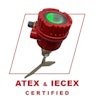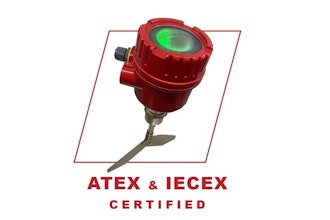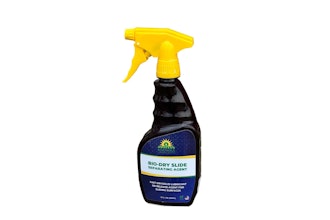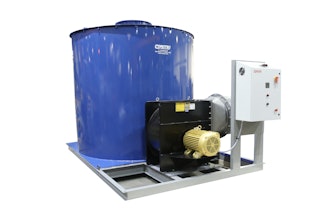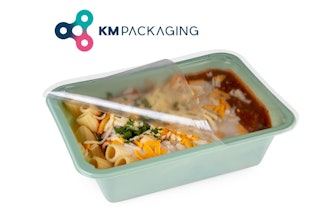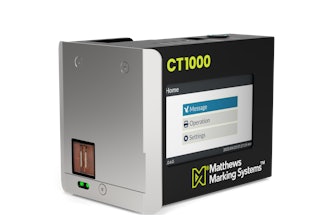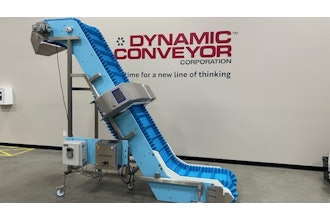
Finding the right product roadmap software is essential for product teams aiming to improve planning, communication, and team alignment. The right tool can simplify complex processes and help teams stay focused on shared goals.
However, there is a wide range of options available, and making the right choice requires thoughtful evaluation. Here are the six key best practices to help you navigate the selection process and choose the right fit for your team.
1. Define Your Needs and Priorities
Before evaluating product roadmap software, take the time to clarify exactly what you need. Understanding your specific requirements will help you narrow down your options and find a solution that fits your team’s goals and workflows. Consider these factors:
Product Complexity: Are you managing a single product or a portfolio of interconnected products? Some tools handle complex product hierarchies better than others.
Team Size and Structure: Will the software support a small team or require enterprise-level functionality for multiple departments and stakeholders?
Essential Features: Identify key capabilities like roadmap visualization, scenario planning, prioritization frameworks (such as MoSCoW or RICE), and reporting tools.
Compliance Requirements: If you operate in a regulated industry, make sure the software meets standards like GDPR, HIPAA, or SOC 2.
By defining your needs early, you can focus on solutions that match your business objectives and ask informed questions during the evaluation process.
2. Evaluate Usability and Ease of Adoption
Usability is essential when choosing product roadmap software. Even the most feature-rich tool can be ineffective if it's difficult for your team to use. Here are some key factors to assess:
Interface Simplicity: Is the software intuitive, or does it require extensive training?
Ease of Updates: Can you quickly make changes, or is the process cumbersome?
Visualization Options: Does the software offer various views, such as Gantt charts, Kanban boards, and timelines?
Drag-and-Drop Features: This can make prioritizing and adjusting the roadmap easier.
Onboarding and Support: Look for tools that provide tutorials, documentation, and responsive customer service.
A user-friendly platform will promote smoother adoption and streamline roadmap management across teams.
3. Assess Collaboration Features
Product roadmaps need input from various teams, and strong collaboration features help ensure alignment and smooth communication. Look for software that supports simultaneous edits and allows easy feedback. Key features to consider include:
Real-Time Editing: Can multiple users update the roadmap at once?
Commenting and Feedback: Does the tool let users leave comments and suggestions?
Stakeholder Access: Can stakeholders view the roadmap without special permissions?
Integration with Communication Tools: Does the software integrate with Slack, Teams, or email for easy notifications?
Effective collaboration tools help architect roadmaps that incorporate insights from all teams, improving decision-making and execution.
4. Check for Tool Integrations
Product roadmap software should integrate smoothly with your existing tech stack to keep your roadmap in sync with other business functions. Look for compatibility with tools like:
Project Management Software: Confirm it integrates with tools like Jira, Asana, or Trello for task alignment.
CRM Systems: Integration with platforms like Salesforce or HubSpot helps include customer insights.
Development Tools: Look for connections with GitHub or GitLab to link product features with engineering tasks.
Analytics Software: Combining it with reporting tools helps track product and roadmap performance.
ERP Systems: If applicable, certify compatibility with ERP systems for financial and operational coordination.
Choosing software with these integrations reduces data silos and improves workflow efficiency across teams.
5. Opt for Scalable Software
As your company grows, your product roadmap software should scale accordingly. A tool suitable for a small team may not meet the needs of a larger organization. When assessing scalability, consider:
User Capacity: Can the software accommodate more users as your team expands?
Feature Growth: Does it offer additional features like AI insights or automation as your needs evolve?
Multiple Roadmaps: Can it manage multiple product lines and maintain visibility across them?
Customization: Is the software adaptable to your workflows and reporting requirements?
Performance: Ensure it remains efficient even with increased data.
Investing in scalable software guarantees your tool grows with your business, saving time and resources.
6. Prioritize Security and Compliance
For organizations handling sensitive data, security and compliance are central to your operations. When choosing roadmap software, evaluate:
Data Encryption: Does it use strong encryption for storage and transmission?
Access Controls: Can you set user roles to restrict access to sensitive data?
Compliance Certifications: Does it meet relevant standards like SOC2, ISO 27001, GDPR, or HIPAA?
Audit Logs: Will it track changes for compliance?
Authentication: Does it support Single Sign-On and Multi-Factor Authentication for added security?
Confirming robust security and compliance safeguards your roadmap data and helps avoid legal risks.
Find the Right Product Roadmap Software to Drive Innovation and Alignment
Selecting the right product roadmap software is essential for promoting collaboration, planning, and execution in product development. By understanding your organization's needs—such as key requirements, usability, collaboration features, integrations, scalability, and security—you can identify a solution that aligns with your goals and drives innovation.
Take the time to do your due diligence, research and test different software options, request demos, and involve your team in the decision-making process. The right tool will empower your organization to create and implement a product strategy with confidence, boosting alignment and accelerating your innovation efforts.


